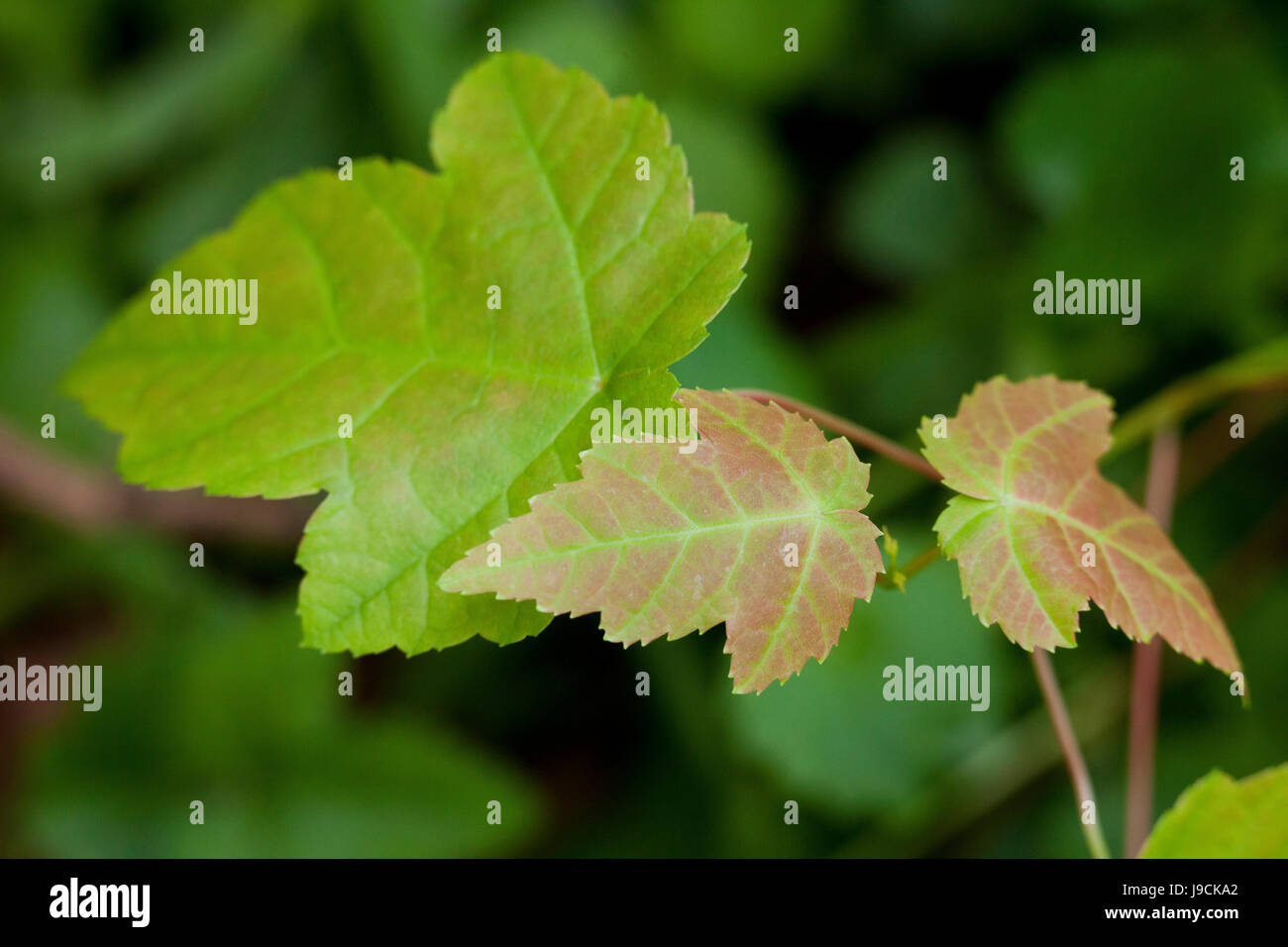
Still, pawpaw fruit can often be found by closely surveying the ground underneath a fruiting tree. Opossums, foxes, squirrels, raccoons, and birds are all known to enjoy pawpaw and are likely to be closely watching for ripe fruits. Nonetheless, pawpaw’s pollinators (which include flies and beetles) inevitably pollinate some flowers, and fruit-hunters may eventually find a tree with fruit.
#Maple tree sapling Patch
Instead, to produce fruit, a pawpaw flower must receive pollen from flowers on another tree, and sometimes this “other tree” is farther away than it may appear at first glance! Although pawpaws frequently grow in clusters (think pawpaw patch), the trees in a patch are often genetically identical and connected underground by roots (and thus, in biological terms, are a single plant).

Pawpaw is self-incompatible, which means that pollen produced on a plant cannot pollinate flowers on the same plant. In spite of pawpaw’s prevalence in NCR forests, successfully foraging for its fruits can be a challenge. The fruit has the ungainly appearance of a small green potato and may occur in clusters on the tree. The flavor of pawpaw fruit is often compared to bananas, but with hints of mango, vanilla, and citrus. If you are in doubt, look at the bark of the tree to make a positive identification.One of the most tasty late-season rewards for hikers and wildlife alike is the pawpaw fruit, which begins to ripen in late summer and peaks in September and October. In most cases, the leaves will be enough to help you determine what kind of maple you have. If the leaf margin, or edge, of your maple's leaves appear serrated, it is probably a red maple.

However, you will note all lobes of this leaf still originate from a single point on the leaf stock and have no stems of their own.


Looking more closely at the details of the leaf will give you a better idea what sort of maple you have: Most maple species have simple, as opposed to compound, leaves with multiple lobes, the veins of which originate from a single, roughly central point on the leaf. You may already be familiar with the distinctive leaf shape associated with most members of the genus Acer.


 0 kommentar(er)
0 kommentar(er)
